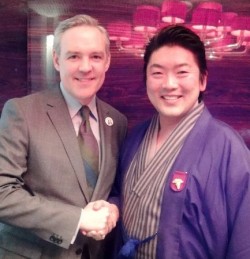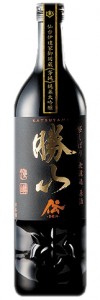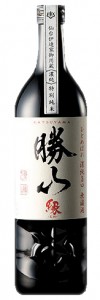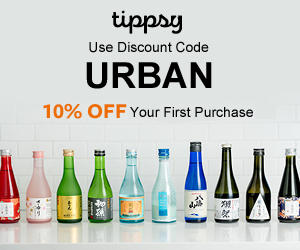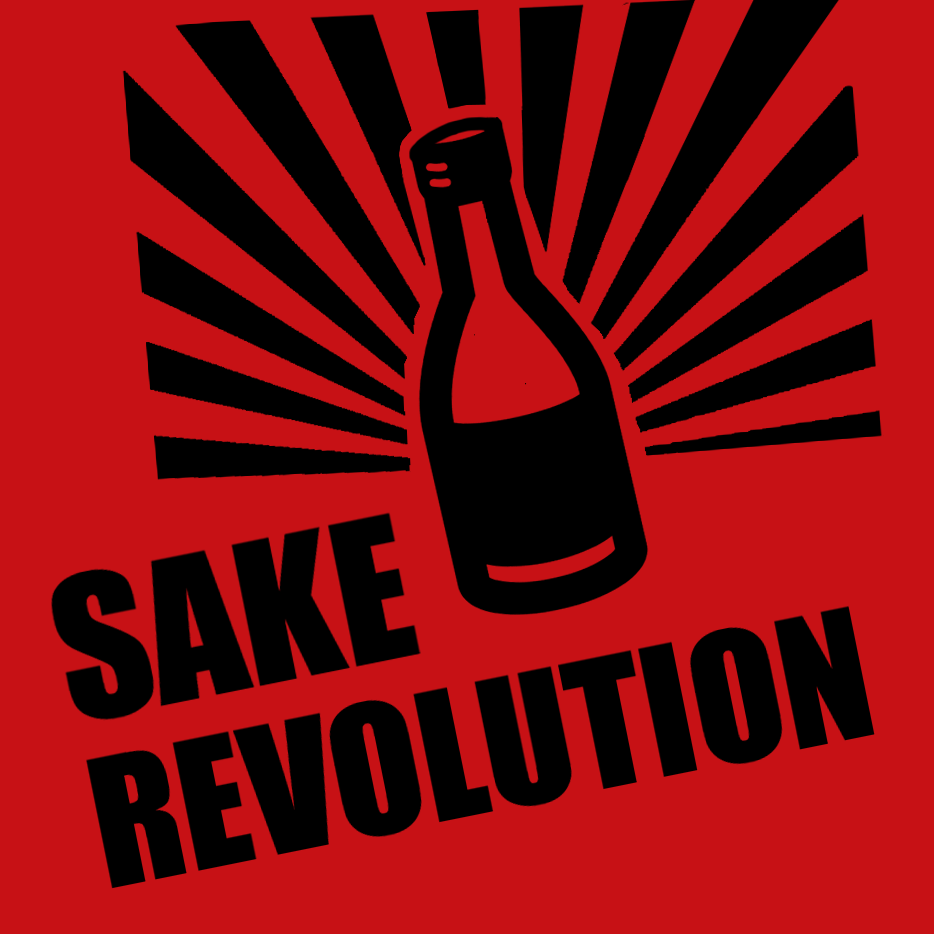Interview: Jihei Isawa, Katsuyama Brewery
Timothy Sullivan: When you say your sake is “Modern Shudo”, what do you mean by that?
Jihei Isawa:“Modern Shudo” is based on the idea of how the samurai enjoyed sake back in the time when Katsuyama Brewery was founded. At that time, sake was enjoyed with a free spirit and more comfortable, flexible style. Of course, the time after WWII was challenging for price and quality of sake. But for me, our style is representative of the Edo period, so I want to revive that sense of fun and enjoyment of sake. I want to revive Edo style for our time.
Timothy Sullivan: You mentioned before about the history of your brewery dating back to the famous Date Masamune. What aspects of your sake tie you to Sendai? What is special about your region that is reflected in your sake?Jihei Isawa:
This is a very nice question. Actually Sendai is a very well known city or region which produces good rice. For example, 2/3 of the rice available in Edo was Sendai rice, so the production of Sendai rice determined the price of rice in Edo…Timothy Sullivan: …and at that time, rice was used as money, right?…
Jihei Isawa: Yes, rice was used as money. so that is why the Date Masamune Family earned a lot. Also, this tradition continues to this day. Sendai is still famous for producing rice. That is why our sake enhances the purity of the sweetness of rice. We eat good rice every day, so we know what good rice tastes like. That is why in Miyagi most of the brewery try to express the pure essence of rice.
Timothy Sullivan: What kind of sake rice is grown in your prefecture?
Jihei Isawa: A popular eating rice is sasanishiki and hitomebore is also popular. And I have a junmai named “EN” and this sake uses hitomebore rice grown in Sendai area. The polishing rate is 55%. Sake rice is bigger that this kind of eating rice, so a 55% milling rate is the maximum we can get from an eating rice. EN Junami won a prize for best Junmai in Miyagi prefecture.
20 years ago, Miyagi announced it was the “Prefecture of Junmaishu”. With this movement, Miyagi became very well known as a prefecture for junmaishu. Our brewery is a leader in making sake that uses eating rice.
Timothy Sullivan: How long have you been exporting sake to the United states?Jihei Isawa:
for about 3 years.Timothy Sullivan: So you’re just starting export…
Jihei Isawa: Yes, just starting.
Timothy Sullivan: Do you have any special message for American drinkers of your sake?
Jihei Isawa: Please compare sakes with wines. A strong point for sake is the 5th taste: Umami. To fit with the taste of Umami, sake is really the best. Wine is not so easy to pair with Umami because of it’s strong acidity. Sake has acidity, too, but it’s much lower. Acidity in sake is generally 0.4 – 2.0. but in wine it is 4.5 – 15.0. Now, that’s a lot.
I recommend that American drinkers watch for the taste of umami in Sake. At first they may not understand it – it takes time and it takes training – but in my opinion it’s worth it!
Timothy Sullivan: so now you’re in the American market and you’re introducing your sakes in the US. Where do you see the sake industry in 5 years or 10 years ?
Jihei Isawa: Sake has a happy future! Many chefs began to create food that follows the “Umami” flavor, but they don’t have a good alcohol for pairing with Umamai – they only have wines. With wine, we can’t taste the real umamai – so in the future, I believe they must have sake to pair with their foods.
Also, I think with the expansion of sake, customers will have more choice. This is a key point. Actually “shudo” lets people enjoy themselves in their style, in their taste. It will be more exciting on the table. Consumers will have more options.
Timothy Sullivan: One last question – I learned today that you are also a wine sommelier in Japan. I don’t know many sake makers who are also wine experts – what inspired you to become a wine sommelier?Jihei Isawa:
I had a restaurant in Paris and Florence. In Paris from 1994 – 2004 and Italy from 2001-2008. So that is why. Also, we have a cooking school in Japan. It’s the biggest cooking school in the Touhoku area and we are a sister school with Burgundy wine school. Sometimes in an effort to explain the sake, I take ideas from the wine world. It’s much easier to explain for consumers. Also now, even in Japan, many people drink more wines and if i talk to them in the vocabulary of wine, it helps them to understand more easily. If I use only sake technical terms, they’ll never understand. If I start to talk with a wine vocabulary, they understand immediately.Timothy Sullivan: So in your opinion wine is a bridge to explaining and understanding sake?
Jihei Isawa: Yes, but on the other hand, many wine sommelier in Japan, don’t drink sake. But if I explain sake with their wine terms, they will begin to drink it. In this way, I can convert a wine sommelier to a sake sommelier and a sake sommelier to a wine sommelier!
Timothy Sullivan: Isawa-san, thank you for your time!

